Where Saturday Afternoons Used to Go
Lycoming Mall opened in the summer of 1978. Still, the real beginning happened three years earlier in backrooms and board meetings, when regional planners and retail developers staked their bets east of Williamsport.
For a long stretch, the mall seemed to pay them back in traffic, leases, and loyalty. Shoppers had a reason to stay close to home, and national chains had a reason to show up.
Today, if you're scanning for things to do in Williamsport, PA, the mall might still come up - but its current state leaves a different impression.
Development Plans, Anchor Strategy, and Early Retail Lease Milestones
In 1975, developers proposed a shopping complex spanning 674,000 square feet, situated off Route 220 and I-180.
The plans named Gee Bee, Hess's, and Sears as the initial anchor stores.
Hess's became the first to open on March 1, 1978. The main body of the mall opened on July 15, with Sears opening a few weeks later.
Those staggered launches reflected construction timelines more than retail strategy, but the early tenant lineup was clear: pull in foot traffic using national retailers and keep the floor space dense.
By 1985, Lycoming Mall added 115,800 square feet in a $4.7 million expansion that introduced Bon-Ton.
The investment wasn't speculative. New square footage meant new lease options, and the property moved to secure them.
JCPenney's relocation from downtown Williamsport in the late 1980s reinforced the trend.
Retail gravity had shifted away from the city's core and toward the mall's new traffic corridors.
Meanwhile, an effort to build a second enclosed shopping center in downtown Williamsport failed to materialize.
There were drawings, feasibility memos, and site talks, but no competing ground was ever broken.
The original Lycoming Mall project moved forward with momentum and without retail competition on its scale.
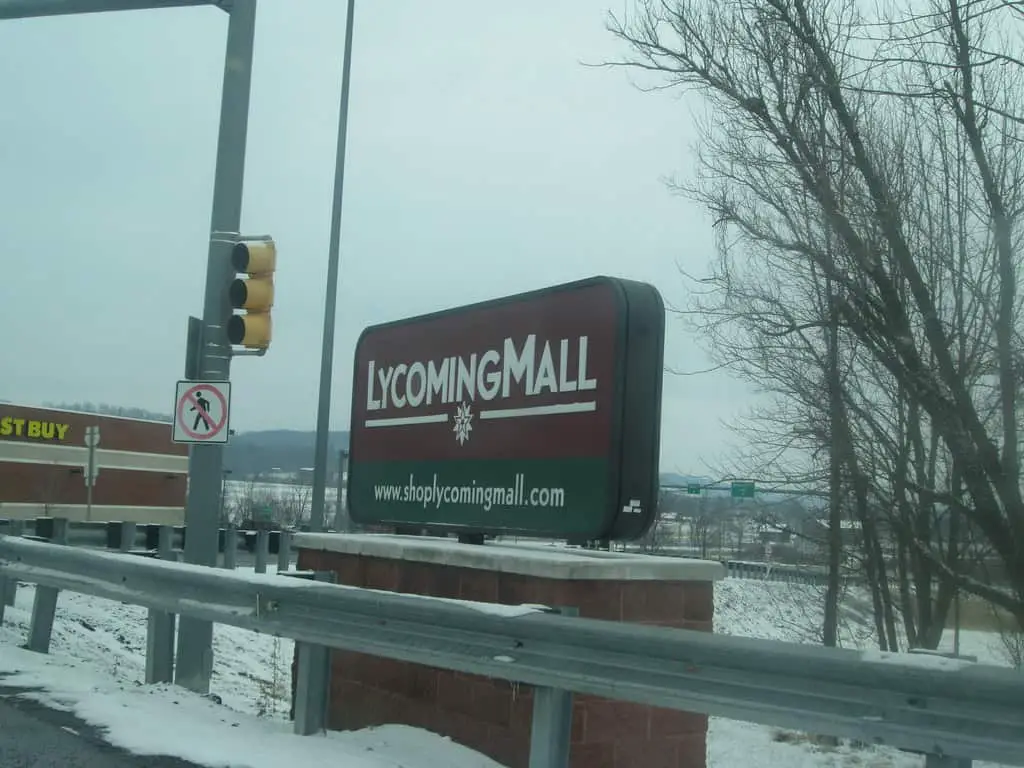
Retail Churn, Anchor Departures, and New Lease Activity
By the mid-2000s, Lycoming Mall's retail footprint had started to shift.
Value City, one of its larger tenants, closed in March 2008.
That space didn't stay vacant for long.
In May of the same year, Burlington Coat Factory was confirmed as the replacement, bringing another national chain into the anchor mix.
While the building stayed in use, the momentum behind it was already starting to taper.
A few years later, Borders Books shut down. Its replacement, Books-A-Million, opened in November 2011.
That move preserved a bookstore presence on site, but it also reflected the wider changes in national retail trends at the time.
Chain bookstores were downsizing. Malls were adjusting. Williamsport's market wasn't immune to those shifts.
In February 2015, The Gap and RadioShack both closed their locations in the mall.
The Gap didn't exit the area completely.
A Gap Factory store opened nearby at Lycoming Crossing Shopping Center, which had been growing across the highway.
Tenants were beginning to reposition rather than retreat entirely.
The mall's role was being redefined by how brands chose to lease space.
At that point, Pennsylvania Real Estate Investment Trust (PREIT), which had held the property, put it up for sale.
The announcement came in January 2015, during a period when several PREIT-owned malls were facing decreased traffic and revenue.
Ownership Transfer, Lease Losses, and Utility Disputes
The sale of Lycoming Mall to Kohan Retail Investment Group closed on March 22, 2016, for $26.35 million.
Kohan assumed ownership through a holding company called Lycoming Mall Realty Holding.
Their strategy with other malls across the country had been mixed.
In this case, challenges surfaced early. Macy's closed its location in March 2017.
That closure didn't involve Kohan directly, as Macy's owned its anchor space independently, but the departure left a large footprint dark.
In July 2017, JCPenney followed, shutting its doors after nearly three decades at the site.
Then came Sears, which announced its exit in January 2018.
Alongside these closures, Lycoming Mall's assessed property value was appealed.
Its previous valuation had stood at $44.89 million.
While the outcome of the appeal wasn't made public at the time, the context was clear: the mall's commercial viability had changed, and tax figures no longer matched the current lease picture.
The former Macy's space was sold off for more than $500,000 to MC Storage Lycoming LLC.
The space is now operated by CubeSmart Self Storage.
Bon-Ton closed as well, caught in the broader liquidation of its parent company's national assets.
In late August 2018, the mall temporarily lost power. PPL had not been paid.
The lights came back on after a day, but unpaid utility bills surfaced again in February 2019, this time from the Lycoming County Water and Sewer Authority.
A sheriff's sale was scheduled. Kohan made a partial payment. The auction didn't proceed. Ownership remained, but stability was in short supply.
Dick's Sporting Goods pulled out in late 2021.
The move wasn't subtle, it shifted operations to Lycoming Crossing Shopping Center, a property on the other side of I-180 that had begun to pick up retail tenants even as the mall was losing them.
By 2022, the property faced more than vacancy.
The Lycoming County Water and Sewer Authority filed again for a sheriff's sale, citing nearly $240,000 in unpaid utility bills.
That sale, scheduled for May, was halted after the owners paid nearly $300,000 in combined charges and penalties.
It was the second time in three years that delinquency brought legal pressure on the property.
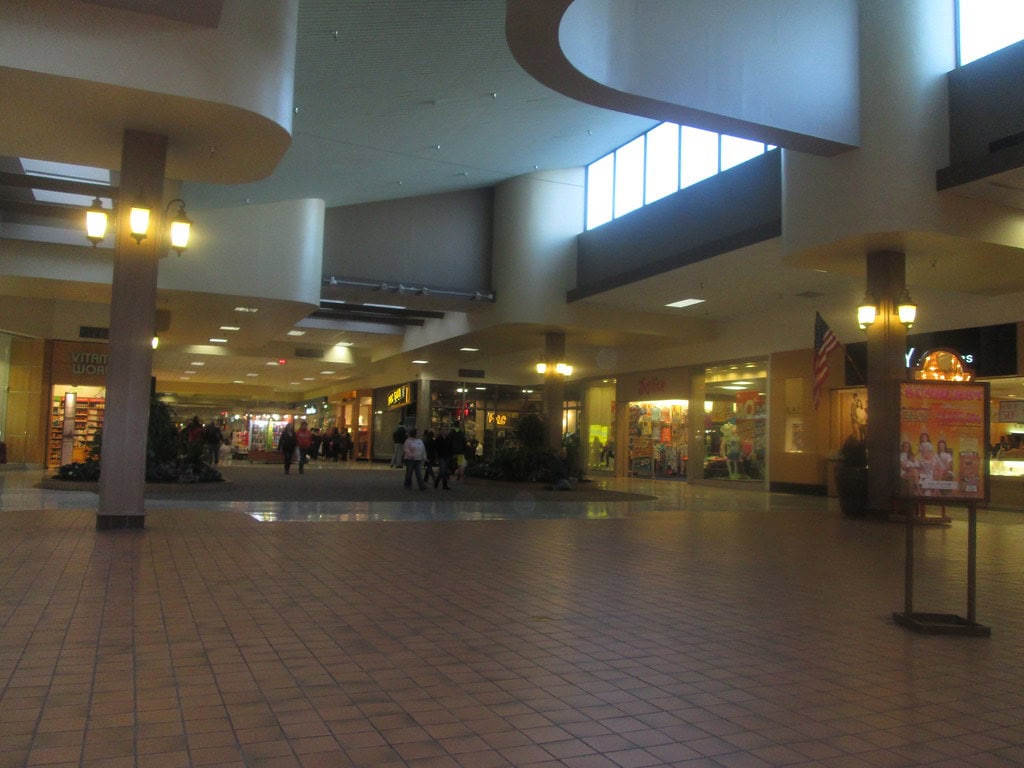
Ownership Transfer, Evictions, and the Shift to Commercial Redevelopment
In February 2023, eviction notices were issued to the remaining interior tenants, sparing only Books-A-Million and Burlington.
The full interior of the mall closed on February 24.
That action wasn't just procedural.
It marked the first deliberate step in a plan to overhaul the property from a traditional retail format into a subdivided, mixed-use development.
In May 2023, Lycoming County scheduled a sheriff's sale again, this time tied to unpaid water and sewer bills.
Unlike prior threats, this one moved forward. FamVest Partners LLC closed on the purchase in June 2023 for $15 million.
The county added $5 million in loan assistance to finalize the deal.
Burlington remained open. Books-A-Million announced in July that its store would close.
The rebrand came next. By November 2023, Lycoming Mall was now The District at Lycoming Valley.
That name wasn't symbolic. Site plans focused on segmented retail pads, professional service buildings, and flexible commercial units.
State agencies approved $1 million in redevelopment grants and another $552,000 in pipeline support through the Pipeline Investment Program.
Talks with unnamed national tenants were active in fall 2024.
The District Cinema at Lycoming Valley reopened in May 2024, operated by Dipson Theatres.
It now occupies the former Regal Williamsport Lycoming Mall 12, which closed in July 2023, after the Lycoming Mall property was sold.
As of early 2025, Burlington has permanently closed its location at the former Lycoming Mall site.
The Hadany Arch - Public Art, Ownership, and Physical Scale
One structure stayed up while nearly everything else changed.
At the edge of the parking lot stands the Hadany Arch, 140 tons of welded steel rising 90 feet into the air, spanning 55 feet across.
It's impossible to miss, but people often miss the history behind it.
The arch was designed in 1977 by Israeli artist Israel Hadany.
It was commissioned before the mall opened and installed shortly after construction wrapped.
Ownership didn't fall to the developer.
The sculpture was paid for by board members from Hess's and Crown American, two early forces behind the mall's launch.
The dedication took place in November 1978, about four months after the mall's opening.
Built at full scale and on site, the arch doesn't serve a structural purpose.
It never had signage or promotional banners.
It was meant to signal ambition, to serve as a fixed object in a commercial setting that otherwise revolved around turnover and sales.
Despite years of financial instability around it, the sculpture hasn't been moved, altered, or obscured.
It still stands in the open, unfenced, unpainted, and largely unmentioned in redevelopment plans.
It remains in the exact place where the mall's developers thought public art should live, in front of the parking lot, facing traffic, fixed in steel.
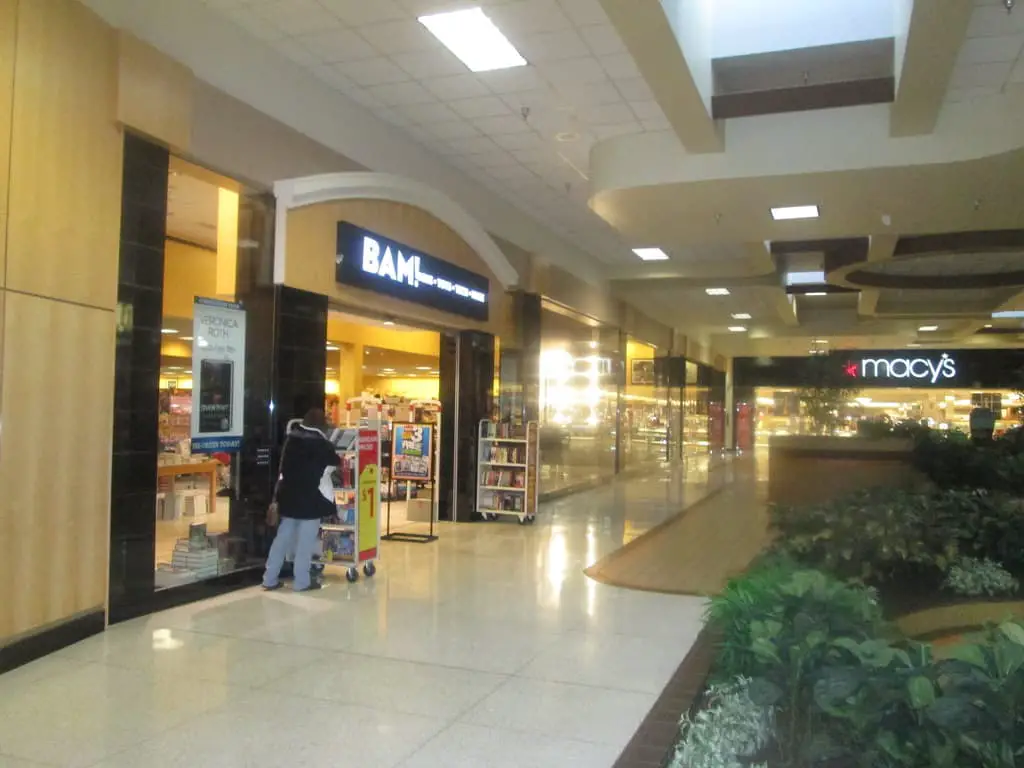
🍀

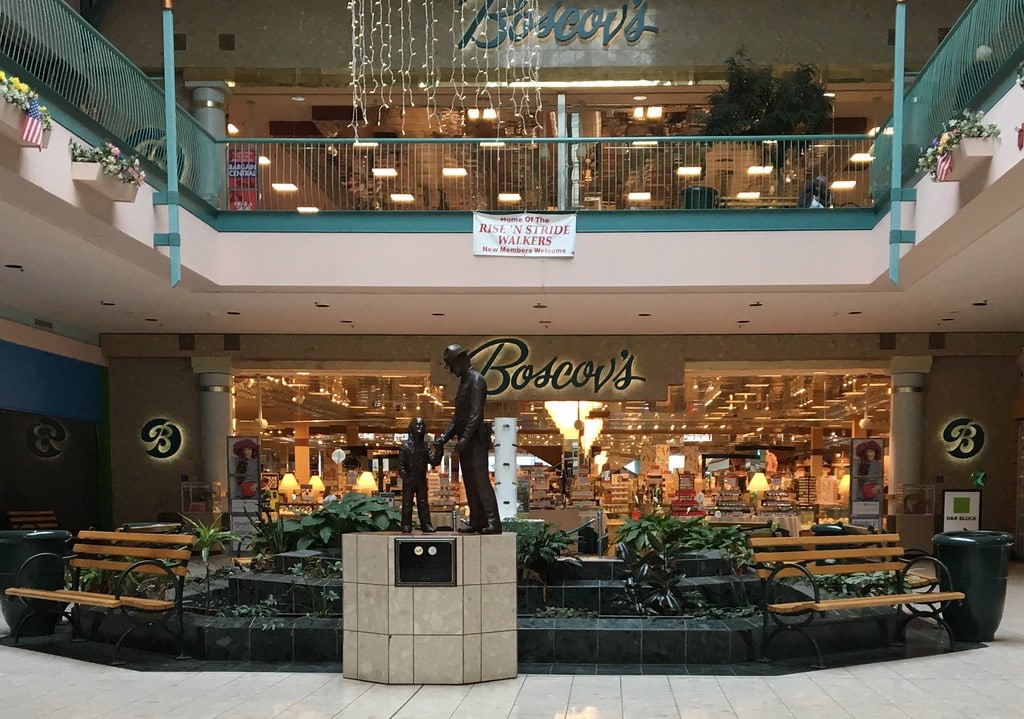
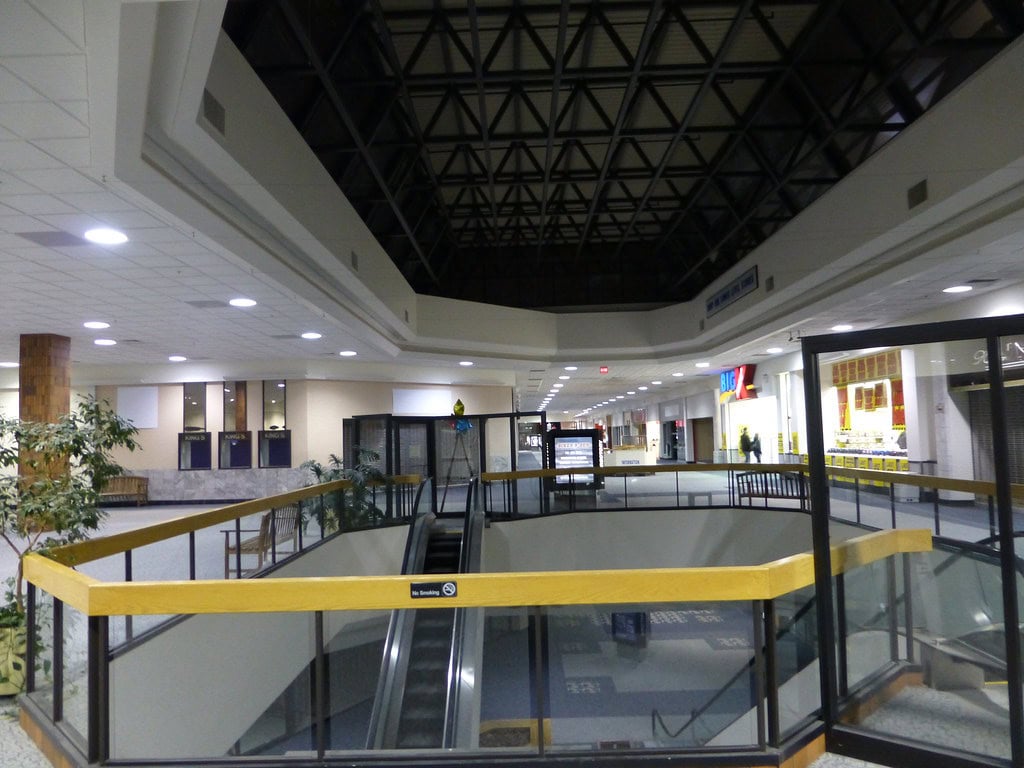
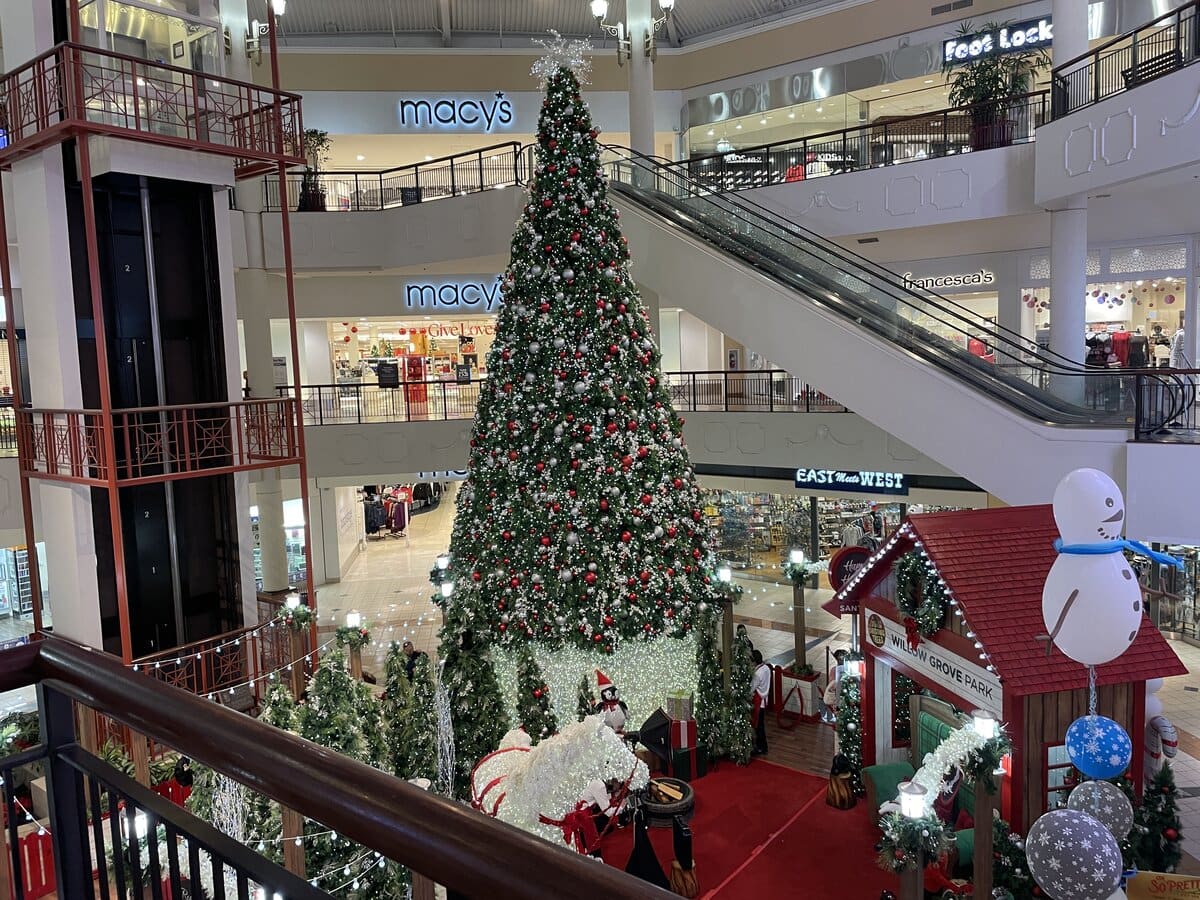
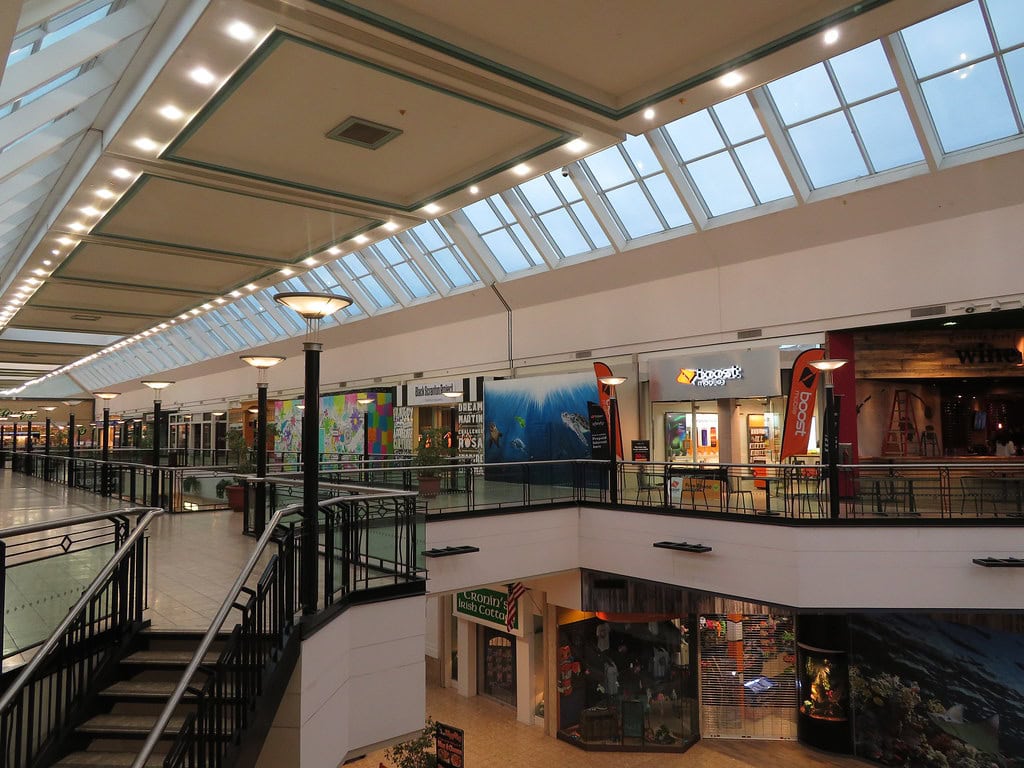
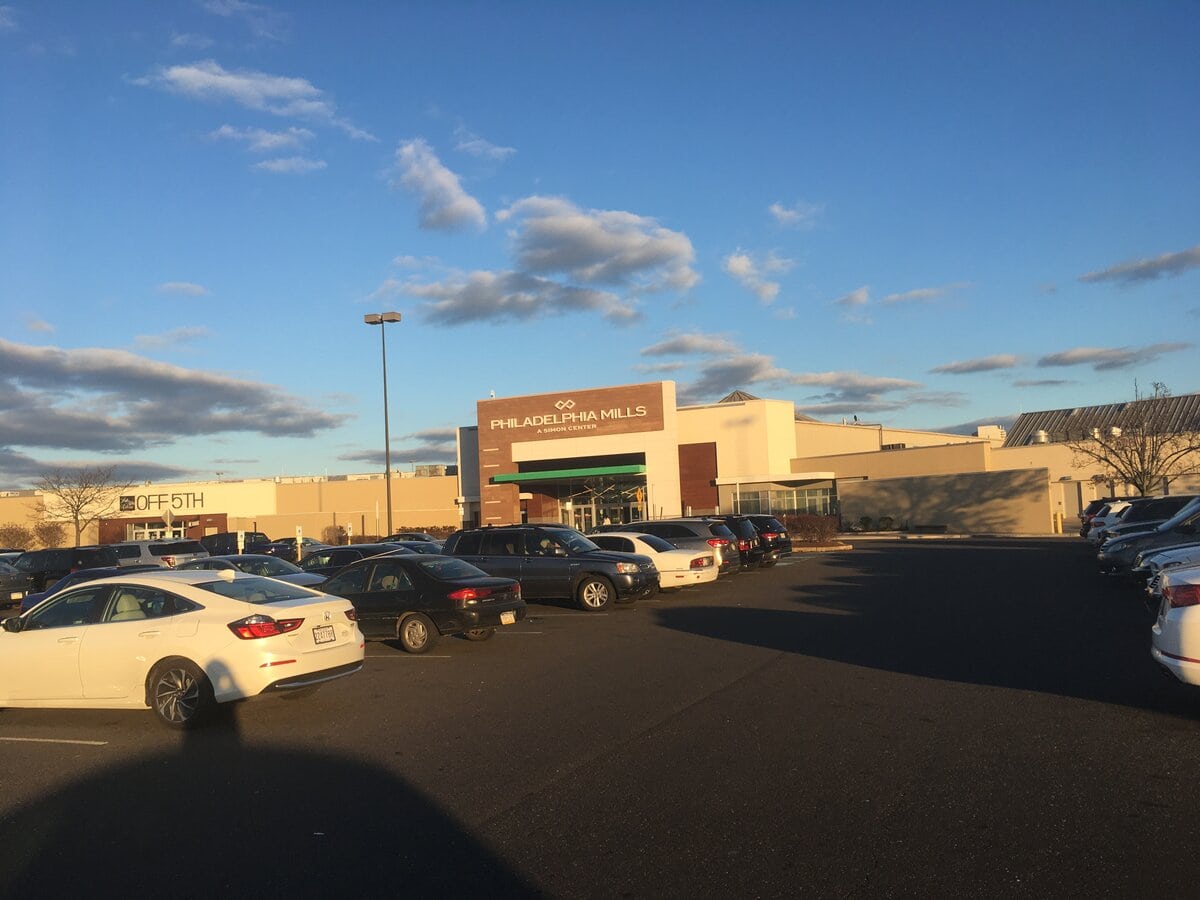
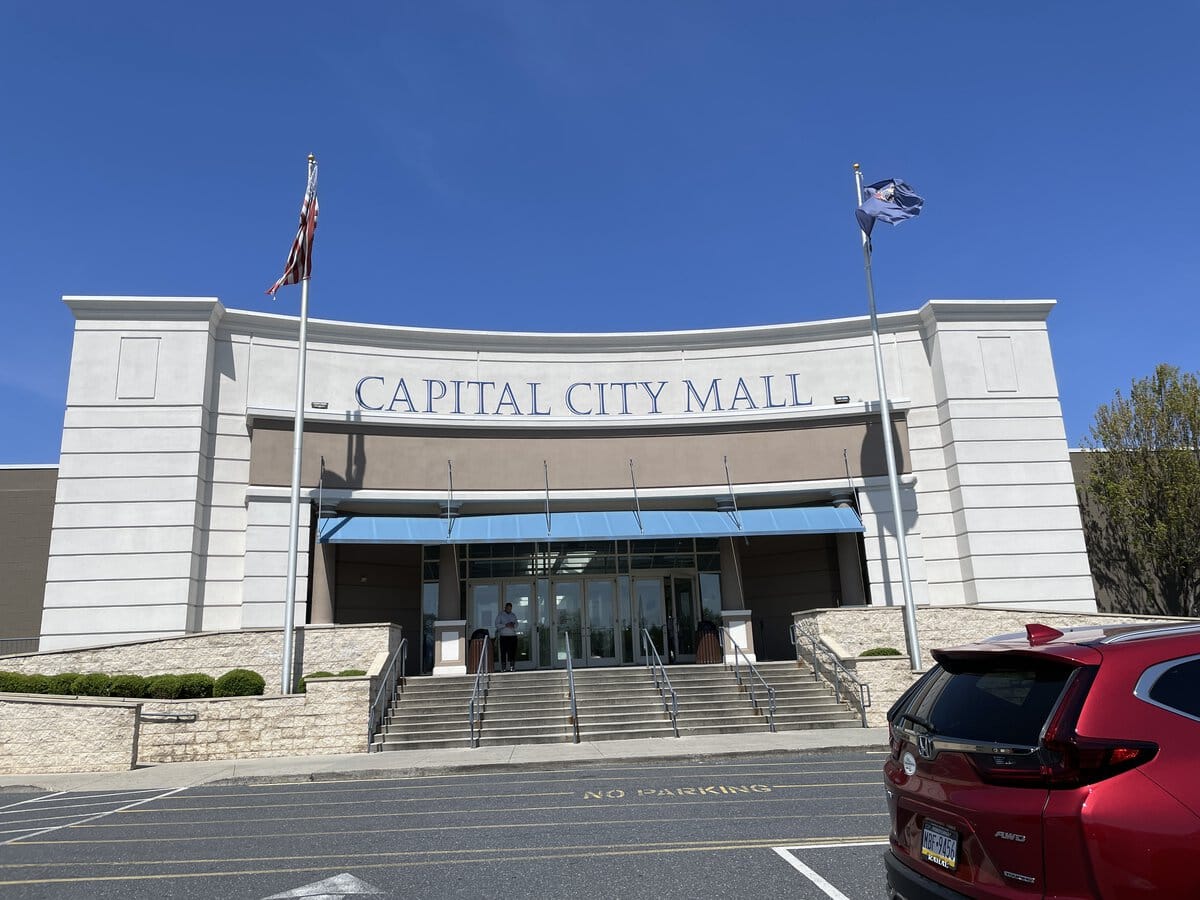
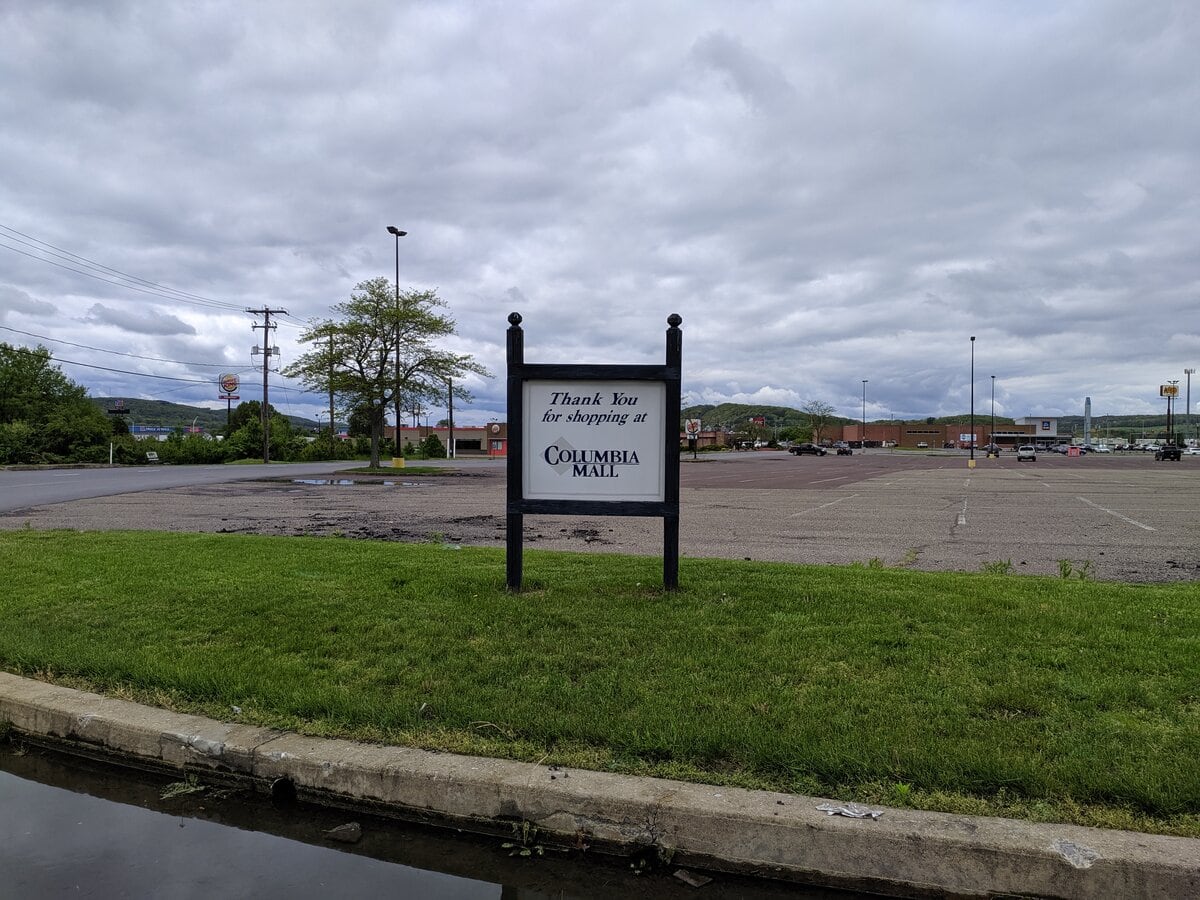

RE: Lycoming Mall. The finest farmland in the state of PA was destroyed to build the Lycoming Mall on this land. It was a sneaky, underhanded deal to make local politicians who owned much of the land rich.
Thanks for bringing attention to the history behind Lycoming Mall. The loss of farmland for development is a significant issue. It's crucial to balance growth with environmental preservation.
Worked with my father for the roofing contractor putting the roof on the Lycoming Mall, watched the deer in the fields across the highway as we were working. Told my father that this place isn't going to last, and here we are, it's completely empty but still standing.
Empty but still standing—that could describe more than a few malls across the country now. But seeing it firsthand, knowing the structure from inside the roof out, gives the emptiness a different tone.
I always said Lycoming Mall was a waste of a good corn field.
A comment like yours lands differently when the mall is still thriving. When it's empty, the contrast becomes clearer: one version of the past turned out to have longer legs.